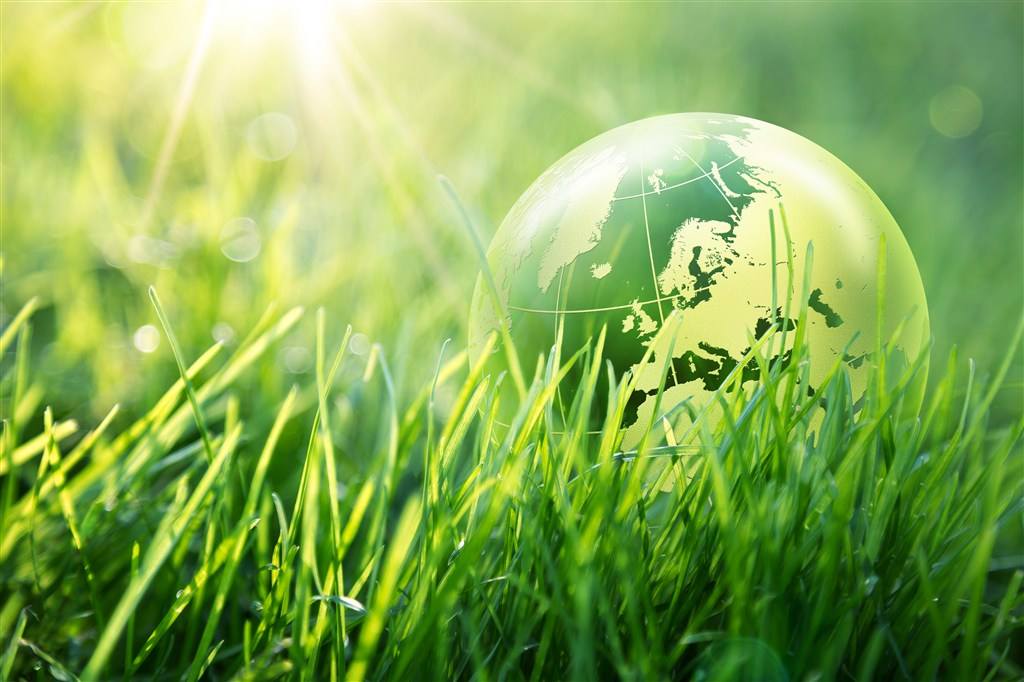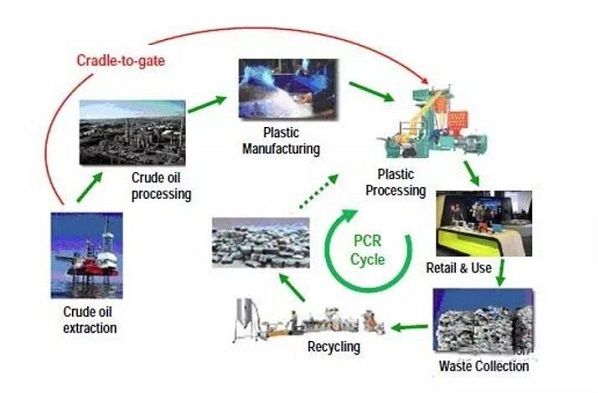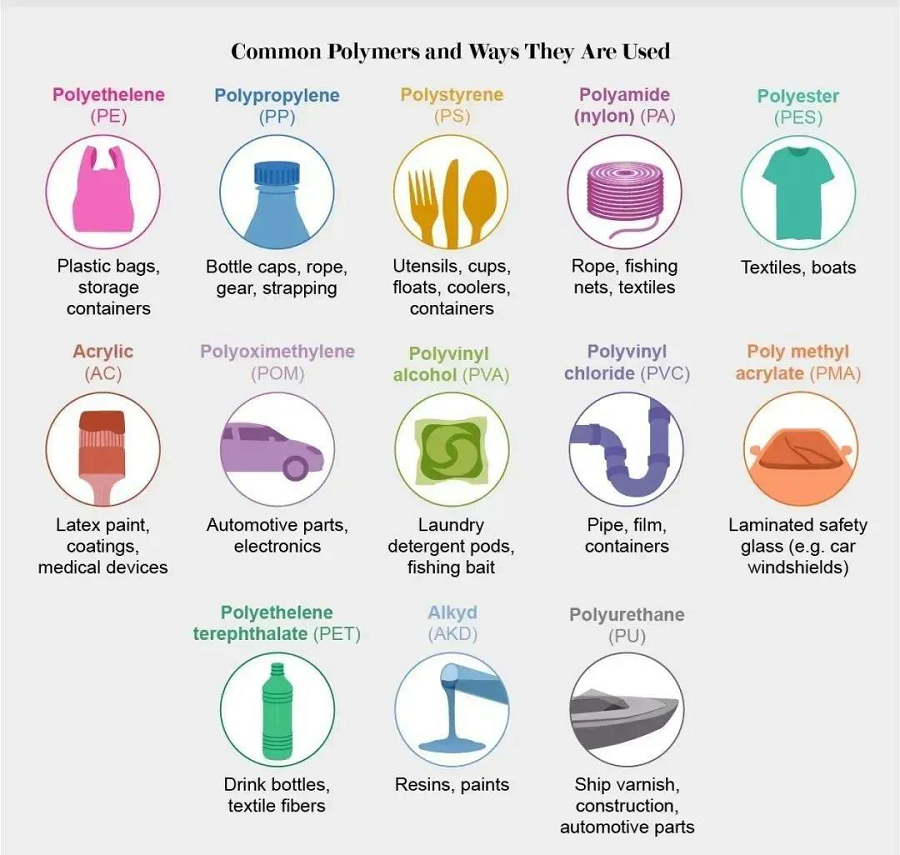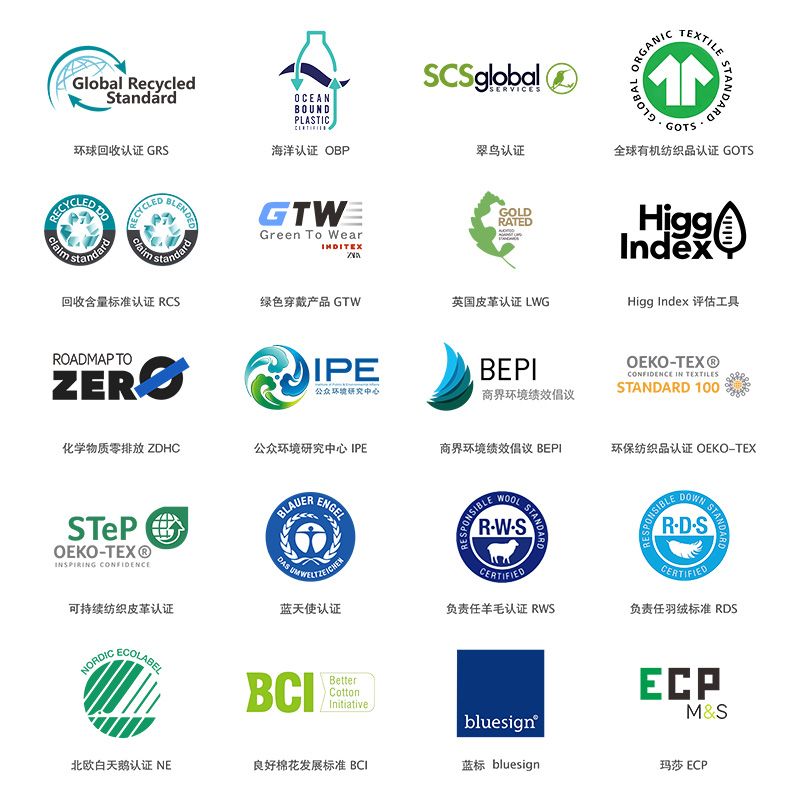DETAILS
时间:2020-09-20

C1.1Environmental Management System
C1.1环境管理体系
Certified Organizations shall have an environmental management system (EMS) in place. The environmental management system shall include the following:
认证组织应建立环境管理体系(EMS)。环境管理体系应包括以下内容:
C1.1a EMS Manual
C1.1a EMS 手 册
C1.1b A designated EMS staff person (from the management level) responsible for its implementation; it is not required that an entire position be dedicated to managing the environmental management system at the facility, but instead that someone has been assigned the role as part of their job responsibilities.
C1.1b 由一名指定 EMS 工作人员(来自管理层)负责执行;不要求整个职位完全服务于环境管理系统,而是将该角色作为其工作职责的一部分。
C1.1c A mechanism to remain up-to-date with applicable local legal requirements.
C1.1c 建立获取当地最新适用法律要求的机制。
C1.1d Basic management controls in place: a system to document, measure, and track the relevant environmental indicators (Sections C2.1, C2.2, C2.3, C2.4, and C2.5).
C1.1d 基本管理控制应到位:记录、测量和跟踪相关环境指标的系统(C2.1、C2.2、C2.3、C2.4 和C2.5)。
C1.1e Annual plan to target and reach meaningful environmental improvements across all indicators (Sections C2.1, C2.2, C2.4, and C2.5).
C1.1e 建立完成环境改善所有指标的年度计划(C2.1、C2.2、C2.4 和 C2.5)。
C1.1fProcedures and records for training of relevant staff in environmental issues mentioned in Sections C2.1, C2.2, C2.3, C2.4, and C2.5.
C1.1fC2.1、C2.2、C2.3、C2.4 和 C2.5 中提到的环境问题相关人员的培训规程和记录。
C1.2Chemical Management System
C1.2化学品管理体系
The Certified Organization shall have a Chemical Management System (CMS) in place which includes the following:
认证组织应建立化学品管理体系(CMS),包括以下内容:
C1.2a Mechanism to monitor and meet all relevant legal requirements related to chemical management.
C1.2a 监测和遵守与化学品管理相关的所有法律要求的机制。
C1.2b A dedicated and competent staff person responsible for managing the Certified Organization’s use of chemicals; it is not required that an entire position shall be dedicated to managing the chemical use at the facility, but instead that someone has been assigned the role as part of their job responsibilities.
C1.2b 由专业且合格的工作人员负责管理认证组织对化学品的使用;不要求将整个职位用于管理设施的化学品使用,而是将该角色作为其工作职责的一部分。
C1.2c Procedures and records for training of relevant staff in chemical management, and where necessary, training to properly manage the CMS.
C1.2c 化学品管理相关人员的培训规程和记录,必要时进行培训,以妥善的管理 CMS。C1.2d Complete information on all input suppliers, including address and key contacts.
C1.2d 完善所有投入供应商的完整信息,包括地址和主要联系人。
C1.21e Accurate lists of all chemical inputs used in all products; each input shall have a complete Safety Data Sheet (SDS) available in the language(s) used by workers in the facility and in English. Information shall be available for a minimum of 5 years. The SDS shall meet the guidelines found in D1.2a. The chemical supplier should be responsible for the English translations of the SDS.
C1.21e 所有产品中使用的所有投入化学品的准确列表;每项投入应具有完整的安全数据表(SDS), 语言应为企业中工作人员使用的语言和英语。信息应当至少保存 5 年。SDS 应符合 D1.2a 中的准则。化学品供应商应负责 SDS 的英文翻译。
C1.3Record Keeping
C1.3记录保持
C3.1a Certified Organization shall submit a signed document that confirms their commitment to comply with the GRS Environmental Requirements outlined in Section C2.
C3.1a 认证组织应提交一份已签署的文件,确认其承诺符合 B2 部分中概述的 GRS 环境要求。
C3.1b Certified Organization shall submit all relevant policy documents and training records referencing the
 塑料圈都在提的PCR、PIR材料是什么
塑料圈都在提的PCR、PIR材料是什么
PCR:全称为Post-Consumer Recycled material,即消费后回收 通常流通、消费、使用后产生的废塑料,经过物理回收或者化学回收,能够变成极有价值的工业生产原料,实现资源再生循环利用。比如PET、PE、PP、HDPE等回收材料,来自于平时常用的饭盒、洗发水瓶、矿泉水瓶、洗衣机桶等所产生的废弃塑料,经过再加工,可用于制造新的包装材料的塑料原料。由于来源于消费后,如果得不到妥善的处理,势必会对环境造成最直接的影响,因此PCR是目前各品牌商推崇使用的再生塑料之一。 PIR,全称Post-Industrial Recycled material,即工业塑料回收,未
 OBP趋海塑料#海洋塑料#关于海洋塑料污染,我们应该如何应对
OBP趋海塑料#海洋塑料#关于海洋塑料污染,我们应该如何应对
随着科学界对微塑料污染的范围和影响的日益了解,我们发现,微塑料早已通过污染水源、农副食品等方式进入人体。微塑料对人类健康的伤害,迟早显现出来。什么是微塑料,如何产生?微塑料污染在最近10年才逐渐得到重视,但实际上早在50年前就被发现。1971年秋季,海洋生物学家Ed Carpenter首次注意到在棕色马尾藻垫中漂浮着一些奇特的白色斑点。经过一番调查,他发现那是一小块塑料。这一发现使人震惊,因为这意味着距离大陆有550英里的大西洋中部,可能已被成千上万的破碎塑料颗粒占领。
 OBP认证,为解决海洋垃圾一起行动
OBP认证,为解决海洋垃圾一起行动
80%的海洋塑料垃圾源于陆地活动,可见海洋塑料垃圾是陆地塑料垃圾管理不善的结果。(来源:欧盟委员会) 塑料从陆地进入海洋,是因为它要么被直接扔入河流或海里,要么被风力、洪水、潮汐等自然力量携带入海。据“海洋清理研究(Ocean Cleanup)”估计,河流造成了10%-20%的问题(海洋中每年公认的840万至1200万吨塑料总量中的114万至241万吨)。剩下的大部分(80%到90%)来自沿海地区。 因此,我们海洋中80%的塑料是在流入海洋之前形成的,这意味着在特定的地区,如:河岸,河流,沿海地区被丢弃的塑料垃圾。 因此,我们的想法很简单:如果我们抓住海洋塑料,我们可以解决8
 可持续认证_GRS、RCS、GOTS、OCS、RWS、RDS、BCI认证准入条件和审核内容
可持续认证_GRS、RCS、GOTS、OCS、RWS、RDS、BCI认证准入条件和审核内容
随着全球生态环境的不断恶化,人类意识到传统的消费模式过度消耗自然资源,不利于可持续发展和生活质量的全面提升。因此,可持续发展的消费观念应运而生,并且成为了可持续发展的重要组成部分。 近些年来,政府对可持续消费的关注度不断提高,并出台了相应政策措施,推进可持续消费的进程。企业纷纷响应,把绿色生产理论实施到行动上。在生产时强调有效利用,减少浪费,实现生产利用最大化。同时,企业间达成可持续发展合作伙伴关系,共同推进可持续发展目标的实现。利用可持续消费引领生产新趋势与新的经济增长。 为了参与全球供应链和国内或国际贸易,企业的产品、系统或服务必须符合适用的法规和标准,因此制定了各领域的可持续认证。本
COPYRIGHT BY 2006-2025 泉州沃思科技有限公司0595-2901 8188 版权所有 闽ICP备19003448号